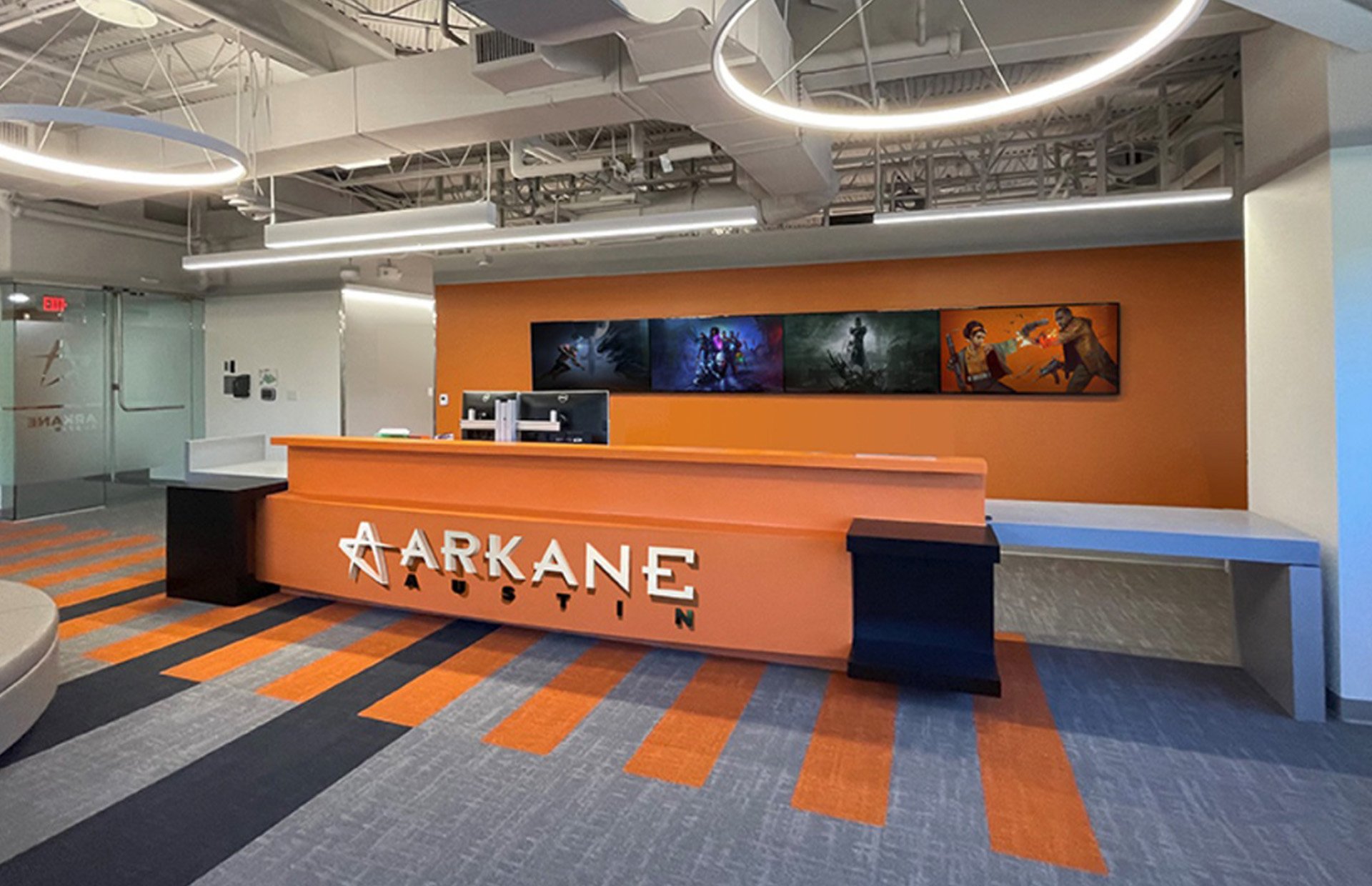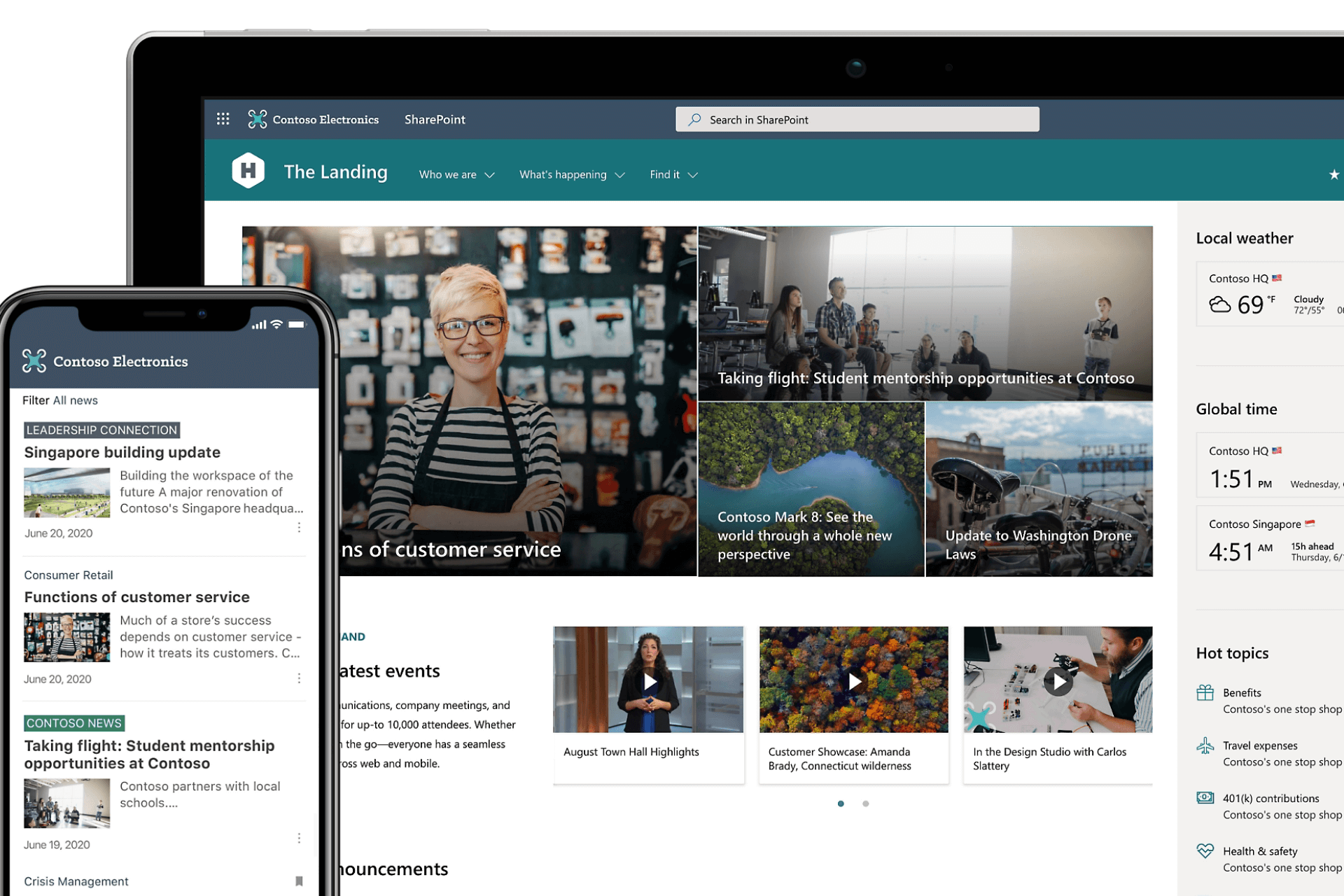Microsoft announces its largest purchase of wind energy to date
2 min. read
Published on
Read our disclosure page to find out how can you help Windows Report sustain the editorial team Read more
Microsoft has announced today the purchase of 237 megawatts of wind energy from Allianz Risk Transfer and Black Hills Corp., its largest purchase of wind energy to date. These new contracts, which will make Microsoft’s wind energy investments reach 500 megawatts in the US, will allow the company to power its Cheyenne, Wyoming datacenter entirely by wind power.
In a separate blog post, Microsoft President and Chief Legal Officer Brad Smith reiterated that Microsoft’s commitment to build a greener cloud :
This investment in wind energy keeps us on pace to meet the energy goals we set last spring. We announced earlier this year that roughly 44 percent of the electricity consumed by Microsoft’s datacenters comes from wind, solar and hydropower, and we committed to raising this to 50 percent by 2018 and to 60 percent by early in the next decade.

With these latest wind energy investments, the company has also “structured the purchase and partnered with the local utility in novel ways to make it easier and more affordable for cities and states to move to a cleaner energy grid,” added Brad Smith. Specifically, Microsoft has partnered with Black Hills Energy to create a new tariff that will be available to all eligible customers in Cheyenne, allowing the utility to use the company’s datacenter’s back up generators. With this new solution, Black Hills no longer needs to pursue its plans to build a new power plant in the area.
“We’re focused on building a cloud that serves the broader good, a cloud that is trusted, inclusive and responsible,” explained Brad Smith. “By thinking creatively about our energy needs and the assets at our datacenters, we’re able to deliver an innovative solution in Wyoming that does just that — and serves as a model from which we all can learn,” he added.








